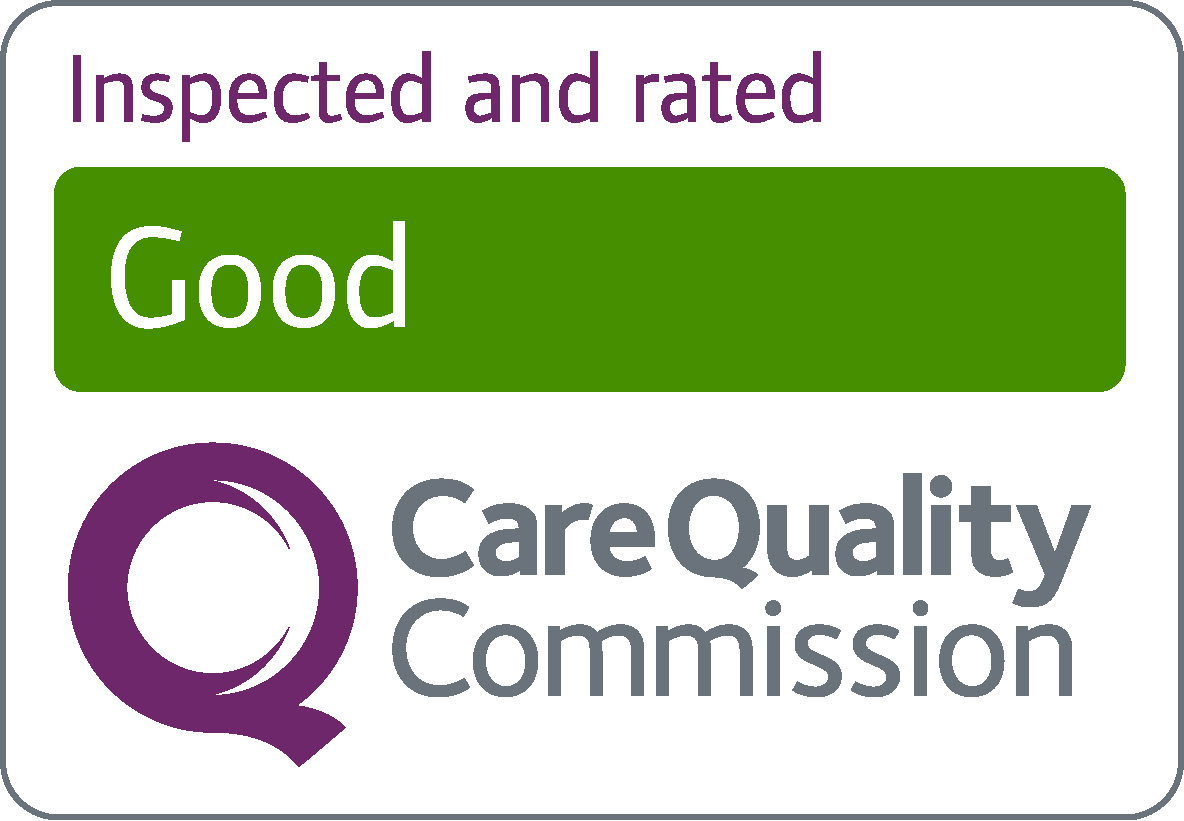Chaperones
Drs P T Hudson and partners is committed to providing a safe, comfortable environment where patients and staff can be confident that best practice is being followed at all times and the safety of everyone is of paramount importance.
This Chaperone Policy adheres to local and national guidance and policy –i.e.:-
‘NCGST Guidance on the role and effective use of chaperones in Primary and Community Care settings’.
All patients, regardless of age, are entitled to have a chaperone present for any consultation, examination or procedure where they consider one is required. Patients are advised to ask for a chaperone if required, at the time of booking an appointment, if possible, so that arrangements can be made and the appointment is not delayed in any way. Only practice nurses may act as chaperones – not non-clinical staff.
The Healthcare Professional may also require a chaperone to be present for certain consultations.
All staff are aware of and have received appropriate information in relation to this Chaperone Policy.
There is no common definition of a chaperone and their role varies considerably depending on the needs of the patient, the healthcare professional and the examination being carried out.
Their role can be considered in any of the following areas:
- Emotional comfort and reassurance to patients
- Assist in examination (e.g. during IUCD insertion)
- Assist in undressing
- Act as interpreter
- Protection to the healthcare professional against allegations / attack
Checklist for consultations involving intimate examinations
Chaperones are most often required or requested where a male examiner is carrying out an intimate examination or procedure on a female patient, but the designation of the chaperone will depend on the role expected of them, whether participating in the procedure or providing a supportive role.
Establish there is a genuine need for an intimate examination and discuss this with the patient and whether a formal chaperone (such as a nurse or healthcare assistant) is needed.
Explain to the patient why an examination is necessary and give the patient an opportunity to ask questions. The chaperone would normally be the same sex as the patient and the patient will have the opportunity to decline a particular person as a chaperone, if that person is considered not acceptable for any reason.
Offer a chaperone and if the patient does not want a chaperone, record that the offer was made and declined in the patient’s notes. However it is then at the doctor’s discretion whether he/she wishes to continue with the procedure.
Obtain the patient’s consent before the examination and be prepared to discontinue the examination at any stage at the patient’s request.
Record that permission has been obtained in the patient’s notes.
Once the chaperone has entered the room, they should be introduced by name and the patient allowed privacy to undress / dress. Use drapes / curtains where possible to maintain dignity. Explain what is being done at each stage of the examination, the outcome when it is complete and what is proposed to be done next. Keep discussion relevant and avoid personal comment.
If a chaperone has been present, record that fact and the identity of the chaperone in the patient’s notes.
During the examination, the chaperone may be needed to offer reassurance, remain alert to any indication of distress but should be courteous at all times.
Record any other relevant issues or concerns in the patient’s notes, immediately following the consultation.
Chaperones should only attend the part of the consultation that is necessary – other verbal communication should be carried out when the chaperone has left.
Healthcare professionals should note that they are at an increased risk of their actions being misconstrued or misrepresented, if they conduct intimate examinations where no other person is present.
Reviewed August 2019- (adapted from web based sources)
